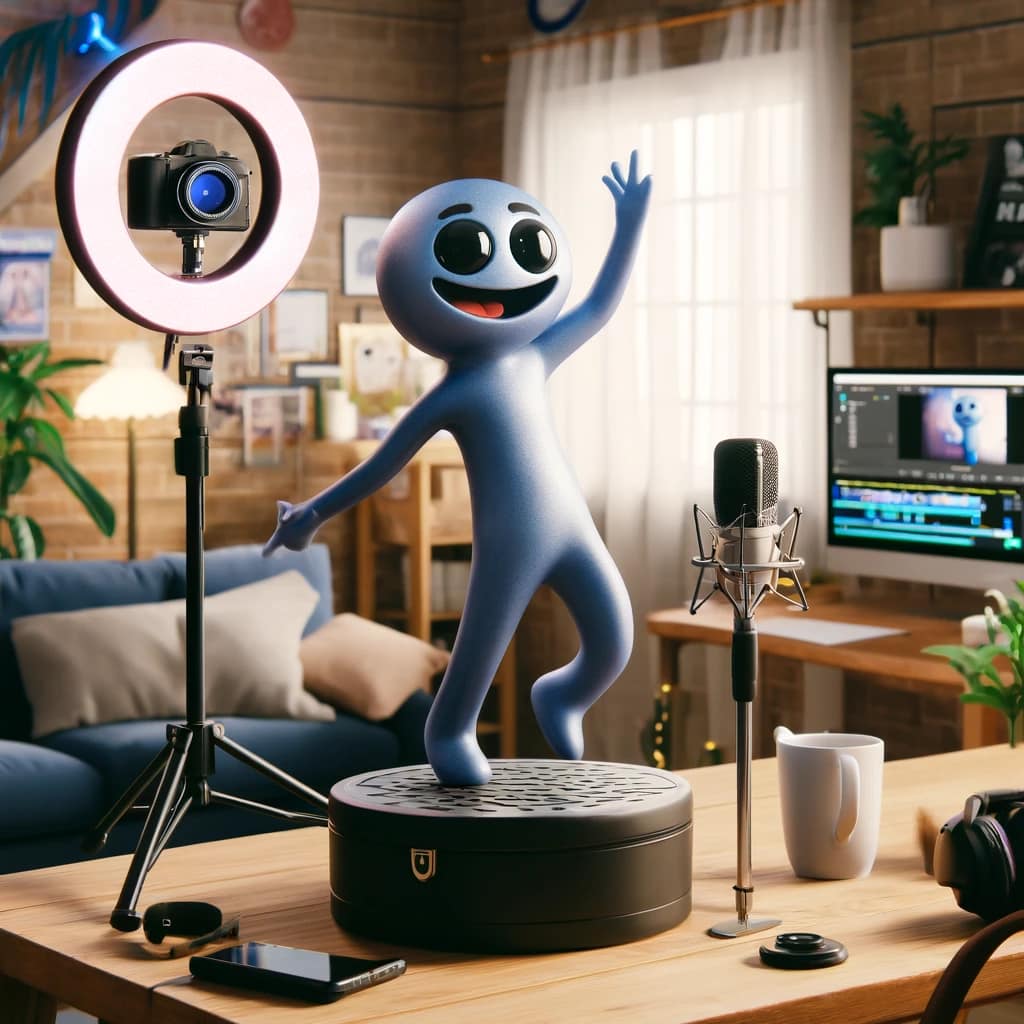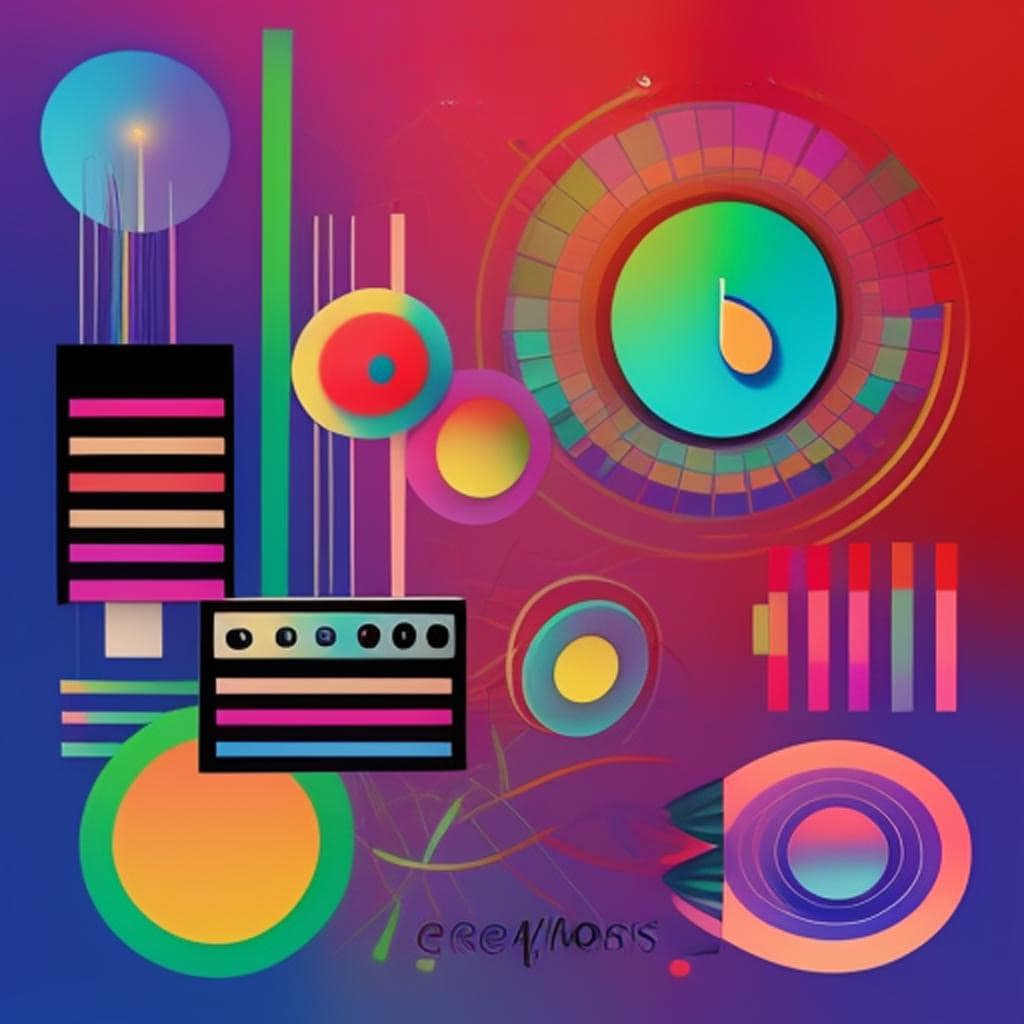
A Comprehensive Guide
Creating a standout Mib design requires a combination of creativity, technical skill, and attention to detail. Whether you’re a seasoned artist or a beginner, understanding the elements that make a design compelling can significantly enhance your work. This article delves into various strategies to make your Mib design unique, engaging, and memorable.
Understanding the Mib Concept
- What is a Mib?
Mibs are versatile, often whimsical characters used in various creative contexts, from illustrations and animations to branding and storytelling. Their appeal lies in their simplicity and the ability to convey complex ideas and emotions through minimalistic design.
- The Importance of a Unique Concept
The foundation of a standout Mib design is a unique concept. This concept should be original and reflective of the character’s intended role or message. Think about what makes your Mib different from existing designs and how it can capture attention.
Key Elements of a Standout Mib Design
1. Distinctive Features
Shape and Form:
- Start with a simple yet recognizable shape. The silhouette should be easily identifiable even without details.
- Experiment with different body proportions and postures to create a distinctive look.
Facial Expressions:
- Facial expressions are crucial in conveying the character’s emotions. Practice drawing various expressions to bring your Mib to life.
- Use exaggerated features to enhance the expressiveness, such as large eyes, wide mouths, or raised eyebrows.
2. Vibrant Colors
Choosing a Color Palette:
- Use bold and contrasting colors to make your Mib pop. Bright, saturated colors tend to attract attention.
- Consider the psychological impact of colors. For example, blue often conveys calmness, while red can signify excitement or urgency.
Color Harmony:
- Ensure that your color choices work well together. Use color theory principles like complementary or analogous color schemes for a harmonious look.
- Add accent colors to highlight specific features or accessories of your Mib.
3. Dynamic Poses
Action Poses:
- Dynamic poses convey movement and energy. Practice drawing your Mib in various actions, such as jumping, running, or dancing.
- Use reference images or poseable figures to study and replicate realistic movements.
Expressive Gestures:
- Incorporate hand and body gestures that reflect the character’s personality and emotions.
- Experiment with different angles and perspectives to make the poses more interesting.
4. Detail and Texture
Adding Details:
- Include unique details like accessories, patterns, or textures that give your Mib depth and character.
- Avoid cluttering the design with too many elements. Focus on a few key details that stand out.
Using Textures:
- Apply textures to add dimension and realism. This can be done through shading, cross-hatching, or digital brushes.
- Experiment with different texture styles, such as smooth, rough, or patterned surfaces.
5. Lighting and Shadows
Creating Depth:
- Use lighting and shadows to give your Mib a three-dimensional look. This adds realism and makes the design more engaging.
- Study light sources and how they affect the appearance of objects to apply accurate shading.
Dramatic Effects:
- Play with high-contrast lighting for a dramatic effect. This can highlight important features and create a focal point.
- Experiment with different lighting setups, like backlighting or rim lighting, to add interest.
6. Backstory and Personality
Character Backstory:
- Develop a backstory for your Mib. This can inform design choices and make the character more relatable.
- Think about the Mib’s origins, likes, dislikes, and key life events that shape its personality.
Personality Traits:
- Reflect the Mib’s personality in its appearance and expressions. A quirky, fun-loving Mib might have a playful look, while a serious Mib might have a more stoic appearance.
- Use props and accessories that align with the character’s traits and backstory.
7. Incorporate Art Styles
Exploring Different Styles:
- Experiment with various art styles to find one that enhances your Mib design. This could be anything from minimalist and abstract to detailed and realistic.
- Look for inspiration in different art movements, such as cubism, surrealism, or pop art.
Consistent Style:
- Maintain consistency in your chosen style to create a cohesive look. This helps in building a recognizable brand or portfolio.
- Use consistent line work, color schemes, and texturing techniques throughout the design.
8. Interactive Elements
Animations:
- Add animated elements to make your Mib more engaging. Simple animations like blinking, waving, or walking can bring the character to life.
- Use software like Adobe After Effects or Blender for more complex animations.
Interactive Design:
- Design your Mib for interactive platforms, such as games or apps. Consider how users will interact with the character and adapt the design accordingly.
- Think about adding elements that respond to user actions, like changing expressions or outfits.
Feedback and Iteration
Seeking Feedback
- Share your designs with peers or online communities to gather constructive feedback. Platforms like Behance or DeviantArt are great for this purpose.
- Be open to critique and use it to refine your design. Multiple perspectives can help identify areas for improvement.
Iterative Design Process
- Continuously iterate on your design based on feedback and personal assessment. Sometimes, small adjustments can make a big difference.
- Keep a record of your design process, including sketches and iterations, to track progress and identify successful elements.
Staying Inspired
Sources of Inspiration
- Draw inspiration from various sources, including nature, technology, culture, and other artists.
- Explore different mediums and tools to spark creativity. This could include traditional drawing, digital painting, or 3D modeling.
Keeping Up with Trends
- Stay updated with current design trends to ensure your Mib remains fresh and relevant.
- Follow influential artists and designers on social media to gain insights into new techniques and styles.
Conclusion
Creating a standout Mib design is a multifaceted process that combines creativity, technical skill, and a deep understanding of character development. By focusing on distinctive features, vibrant colors, dynamic poses, and engaging backstories, you can craft a Mib that captivates and resonates with your audience. Remember, the key to a successful design lies in continuous improvement and staying inspired. Happy designing!

Mib Painter GPT
I help ideate and visualize Mib designs.
Happy creating! 🚀🤩
If you need anything else, feel free to ask.






